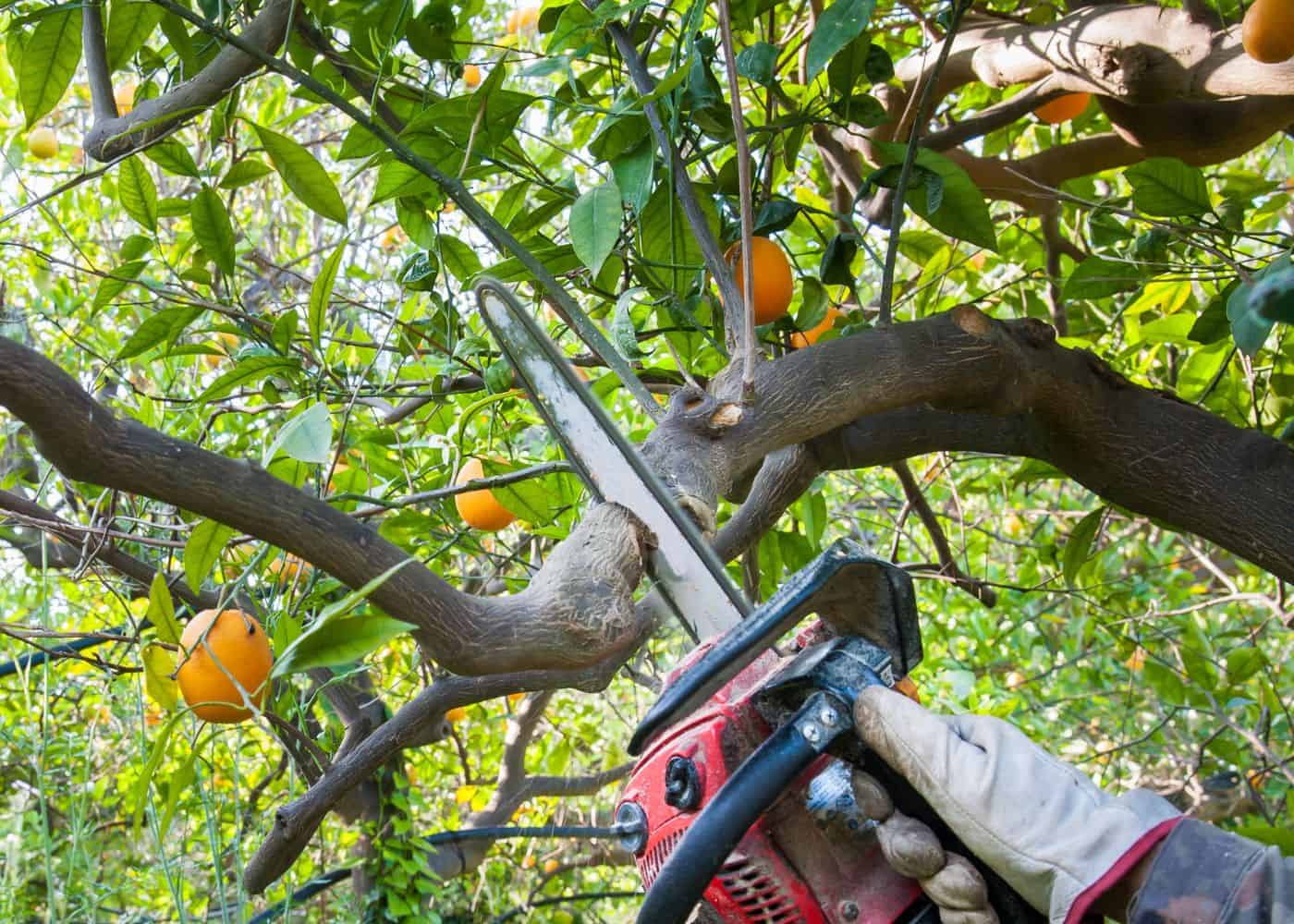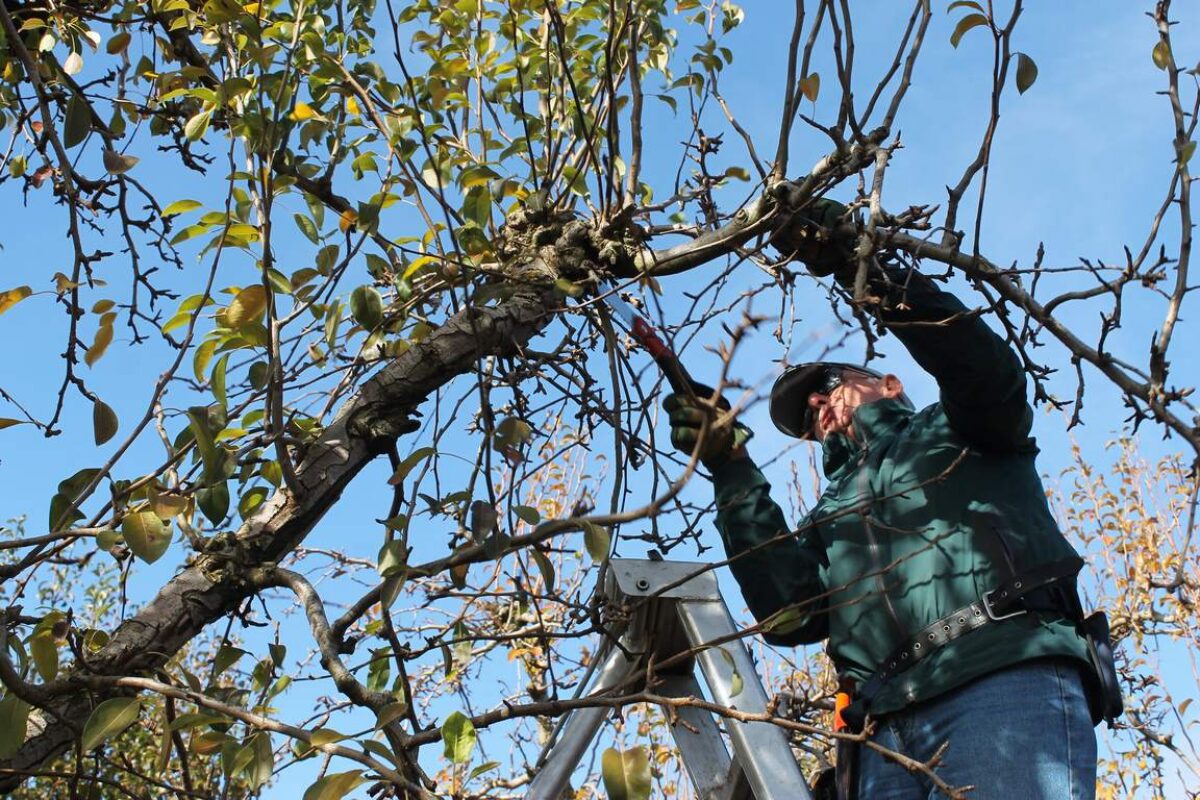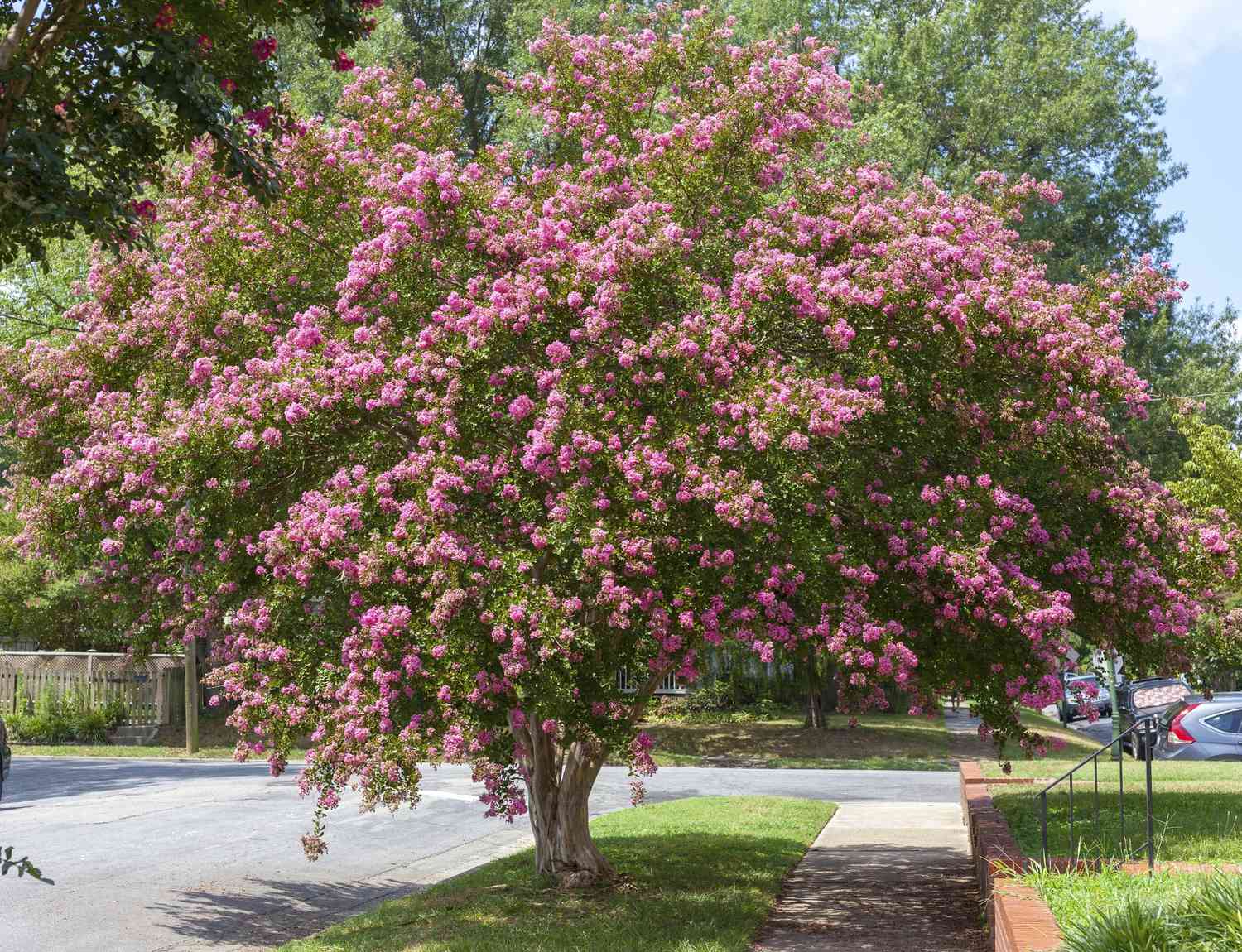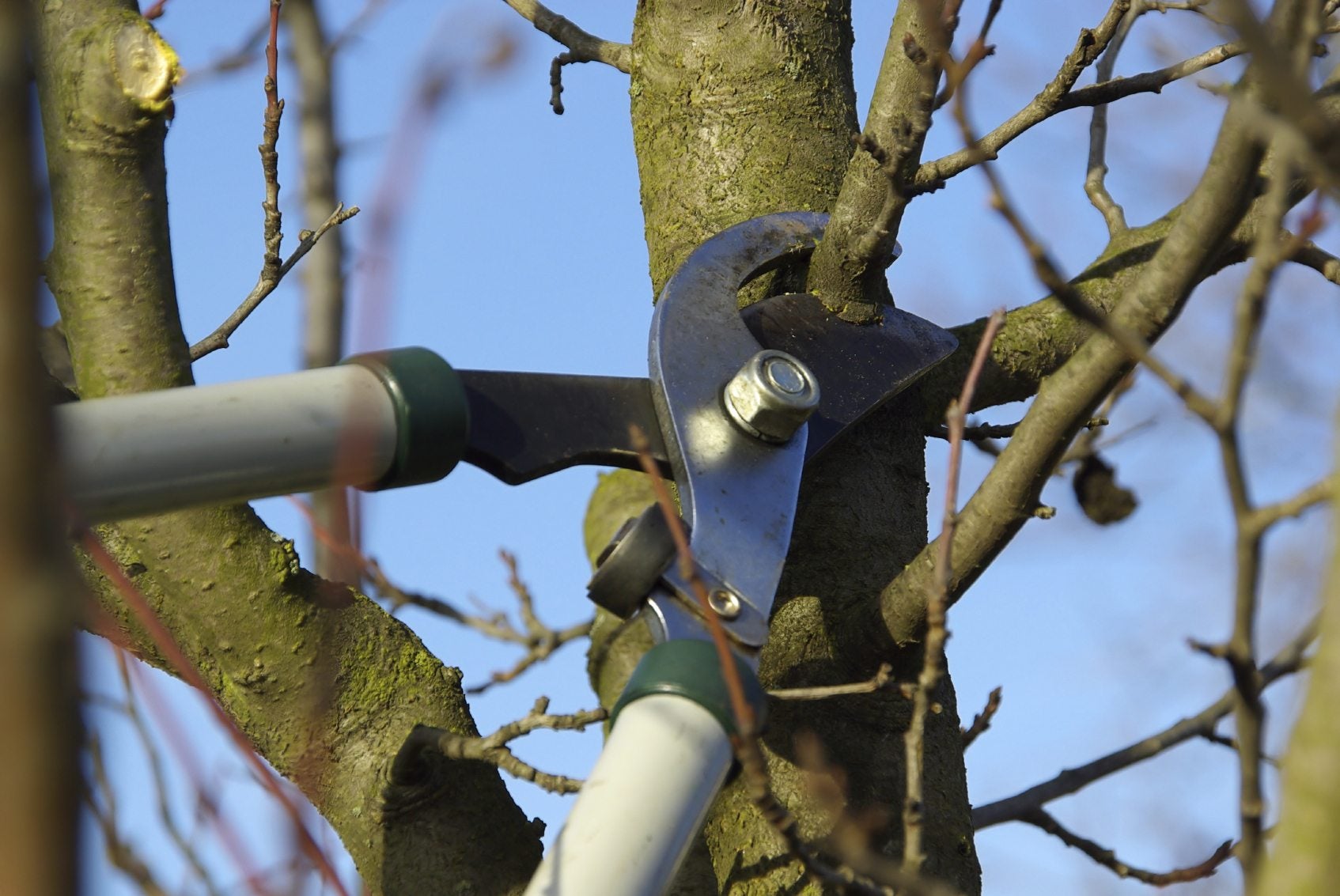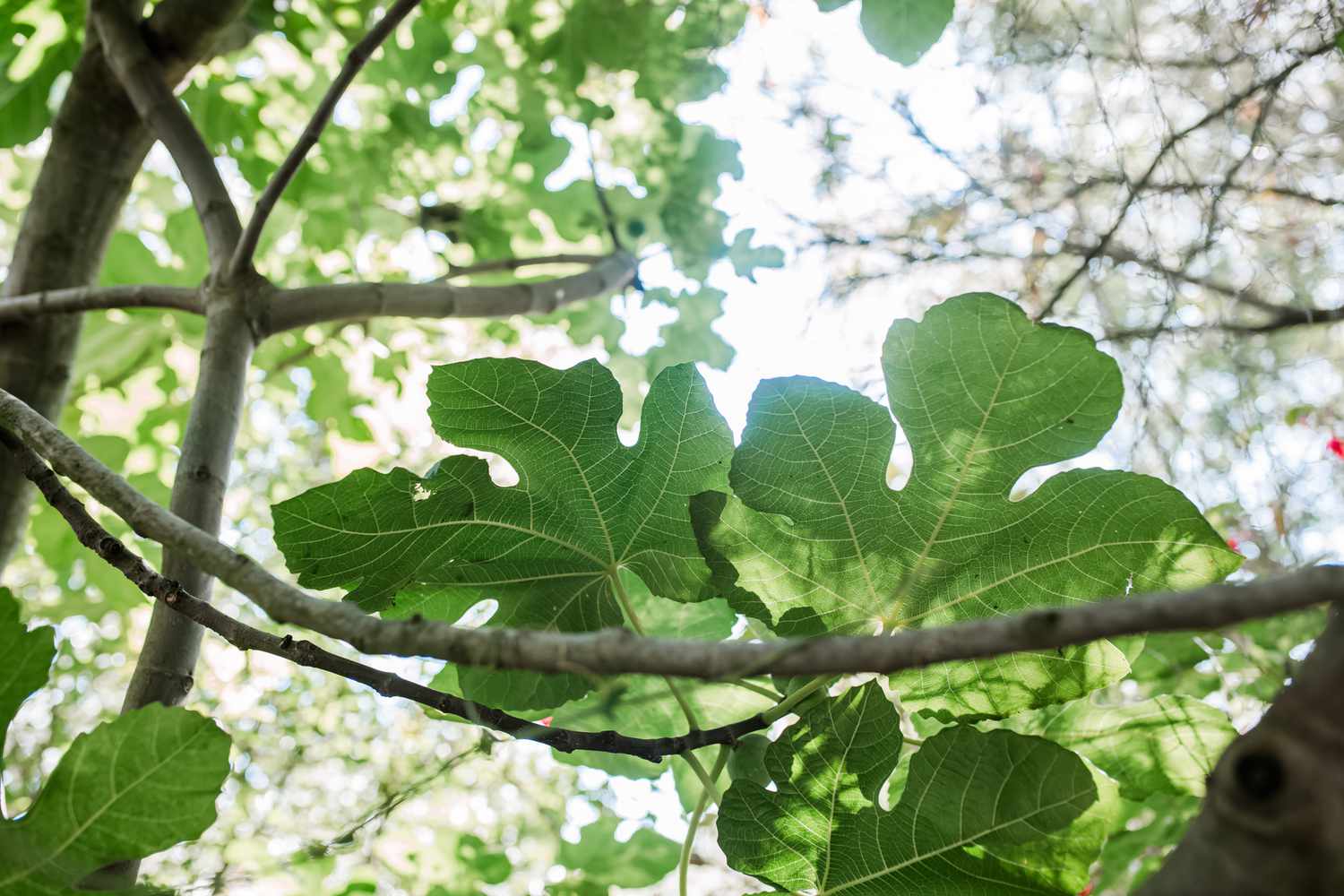Home>Gardening Techniques>Plant Care>When To Prune Japanese Maple Trees
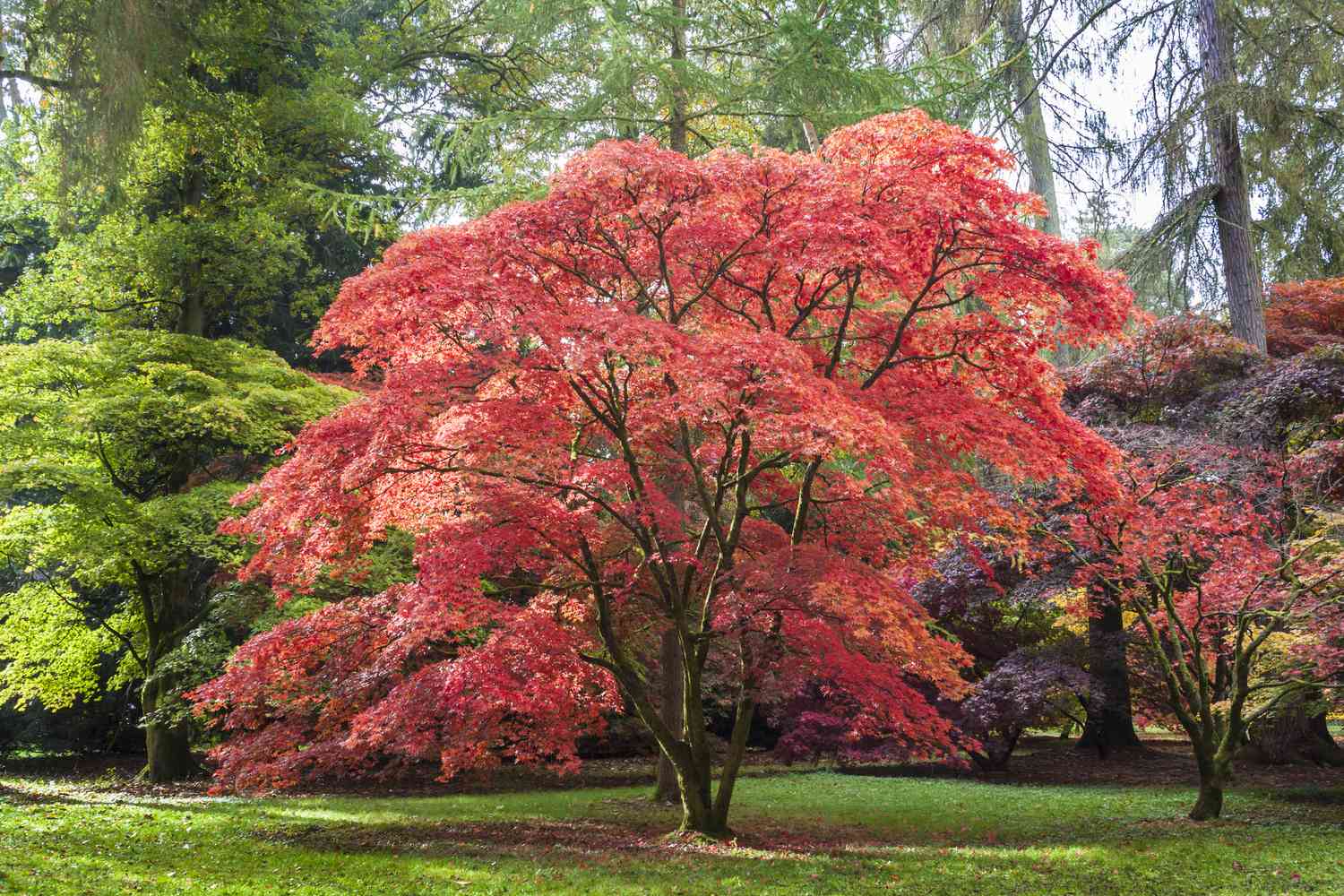

Plant Care
When To Prune Japanese Maple Trees
Published: November 8, 2023
Learn the best time to prune Japanese maple trees and ensure proper plant care. Expert tips and advice for maintaining your beautiful maple tree.
(Many of the links in this article redirect to a specific reviewed product. Your purchase of these products through affiliate links helps to generate commission for Chicagolandgardening.com, at no extra cost. Learn more)
Table of Contents
- Introduction
- Understanding the Japanese Maple Tree
- Why Pruning is Necessary for Japanese Maple Trees
- When is the Best Time to Prune Japanese Maple Trees?
- Signs that Indicate the Need for Pruning
- Step-by-Step Guide for Pruning Japanese Maple Trees
- Precautions and Tips for Pruning Japanese Maple Trees
- Conclusion
Introduction
Welcome to the world of Japanese Maple Trees! These stunning trees, known for their vibrant colors and elegant shapes, are a popular choice among gardeners and homeowners. Whether you have just planted a Japanese Maple Tree or have had one in your garden for years, it’s essential to understand the importance of pruning in their care.
Pruning is a vital aspect of maintaining the health, shape, and overall appearance of Japanese Maple Trees. However, it’s crucial to know when and how to prune these delicate beauties to ensure their longevity and beauty.
In this article, we will explore the best time to prune Japanese Maple Trees, signs that indicate the need for pruning, and provide a step-by-step guide on how to prune them properly. We will also discuss precautions and tips to keep in mind while pruning to avoid any harm to the tree.
Whether you are an experienced gardener looking to refine your pruning techniques or a beginner eager to learn about plant care, this article is your comprehensive guide to pruning Japanese Maple Trees. Let’s dive in and explore the wonderful world of pruning these exquisite trees!
Understanding the Japanese Maple Tree
Before we delve into the art of pruning Japanese Maple Trees, it’s essential to have a basic understanding of these remarkable plants. The Japanese Maple, scientifically known as Acer palmatum, is a deciduous tree native to Japan, Korea, and parts of China. It is revered for its graceful foliage, which exhibits a wide range of colors, including shades of red, orange, yellow, and green.
Japanese Maple Trees are known for their delicate and intricate branches, which form an elegant silhouette. They can vary in size, with some reaching impressive heights of up to 25 feet, while others are more compact and suitable for smaller spaces. These trees are highly adaptable and can grow in a variety of soil types, as long as they are well-draining.
One of the distinguishing features of Japanese Maple Trees is their ability to thrive in partially shaded areas. While they can tolerate some sunlight, they prefer protection from intense heat and direct exposure. This makes them an excellent choice for gardens or landscape design where there are filtered light conditions.
Japanese Maple Trees are also known for their stunning autumn foliage, which transforms into a kaleidoscope of fiery reds, oranges, and yellows. This seasonal display adds a captivating element to any garden or landscape.
Due to their striking beauty and versatility, Japanese Maple Trees have become a popular choice for both home gardeners and professional landscapers. Understanding the unique characteristics of these trees is crucial for their proper care and maintenance, including the art of pruning.
Next, let’s explore why pruning is necessary for Japanese Maple Trees and the benefits it can bring to their health and aesthetic appeal.
Why Pruning is Necessary for Japanese Maple Trees
Pruning is an important aspect of caring for Japanese Maple Trees, as it provides several benefits for their overall health and appearance. Let’s take a closer look at why pruning is necessary for these magnificent trees:
- Promotes healthy growth: Regular pruning helps stimulate new growth by removing dead, damaged, or diseased branches. By eliminating these unwanted elements, the tree can allocate its resources more effectively towards healthy branches and foliage.
- Enhances shape and structure: Pruning allows you to shape the tree according to your desired aesthetic. You can remove branches that are crossing or rubbing against each other, improving airflow and reducing the risk of fungal diseases. By shaping the tree, you can accentuate its natural form and create a visually pleasing focal point in your garden.
- Controls size and density: Japanese Maple Trees have a tendency to grow in a densely layered fashion, which can limit airflow and sunlight penetration. Pruning helps thin out the foliage and reduce the overall size of the tree if necessary. This promotes improved air circulation and reduces the risk of pest infestations and diseases.
- Maximizes autumn colors: Pruning can also contribute to enhancing the vibrant autumn foliage display for which Japanese Maple Trees are renowned. By selectively pruning branches, you can allow more light to reach the foliage, resulting in more intense and eye-catching colors during the fall season.
- Maintains safety: Over time, some branches of the Japanese Maple Tree may become weak or damaged, posing a safety hazard, especially during storms or high winds. Pruning helps remove these vulnerable branches, reducing the risk of them falling and causing potential damage to property or individuals.
By understanding the importance of pruning for Japanese Maple Trees, you can elevate their health, beauty, and safety. The next section will delve into when is the best time to prune these magnificent trees to achieve optimal results.
When is the Best Time to Prune Japanese Maple Trees?
Timing is crucial when it comes to pruning Japanese Maple Trees. Pruning at the right time ensures minimal stress on the tree and allows for optimal healing. The best time to prune Japanese Maple Trees is during their dormant season, which typically occurs in late winter or early spring before new growth begins.
Pruning during the dormant season has several advantages. First, without leaves, it becomes easier to assess the tree’s structure and identify problematic branches. Additionally, pruning during this time minimizes the risk of the tree bleeding sap, which can be more common during periods of active growth.
Late winter or early spring pruning is also beneficial because it allows the wounds inflicted during pruning to heal quickly. As the tree prepares for new growth, it can allocate its energy towards sealing the pruning cuts, reducing the risk of disease or pest infestation.
It’s important to note that excessively late pruning in the spring, once the buds break, can result in reduced vigor and potential damage to new growth. Therefore, it’s best to aim for pruning Japanese Maple Trees in late winter, before the buds begin to swell, or in very early spring before new shoots emerge.
That being said, there are a few exceptions when pruning may be necessary at other times of the year. If you notice any dead, damaged, or diseased branches, it’s advisable to remove them immediately, regardless of the season. Additionally, minor shaping and maintenance pruning can be done in early to mid-summer, once the tree has fully leafed out.
By adhering to the proper pruning timing, you can ensure the health and vigor of your Japanese Maple Tree while maximizing its aesthetic appeal. In the next section, we will explore some common signs that indicate the need for pruning.
Signs that Indicate the Need for Pruning
Knowing when to prune your Japanese Maple Tree is crucial, and understanding the signs that indicate the need for pruning can help you maintain its health and appearance. Here are some common signs that indicate it’s time to pick up your pruning shears:
- Dead or diseased branches: If you notice any branches that are completely devoid of foliage or show signs of disease, such as discoloration or lesions, it’s important to remove them promptly. These branches not only detract from the tree’s overall beauty but can also pose a risk to the health of the entire tree if left unaddressed.
- Crossing or rubbing branches: Branches that cross or rub against each other can cause damage and create entry points for pests and diseases. If you notice any branches that are in direct contact or rubbing together, it’s advisable to prune them to promote better structural integrity and airflow.
- Overcrowded or dense foliage: Japanese Maple Trees can develop dense foliage, especially as they mature. This can lead to poor airflow and increased susceptibility to fungal diseases. Pruning out some of the interior branches to thin out the canopy can help improve air circulation and prevent potential issues.
- Weak or structurally unsound branches: If you observe any branches that appear weak, have a narrow attachment to the trunk, or have obvious defects, it’s essential to remove them to prevent breakage or potential hazards. Pruning these branches will help maintain the overall stability and structural integrity of the tree.
- Overall size and shape maintenance: If your Japanese Maple Tree has grown too large for its allotted space or its shape has become uneven or unsightly, pruning can help manage its size and shape. By selectively removing branches, you can create a more visually pleasing tree that fits harmoniously within its surroundings.
Remember to assess your Japanese Maple Tree regularly for these signs and address them promptly through appropriate pruning techniques. By doing so, you can promote the long-term health and beauty of your tree. In the next section, we will delve into a step-by-step guide for pruning Japanese Maple Trees.
Step-by-Step Guide for Pruning Japanese Maple Trees
Pruning Japanese Maple Trees is an art that requires precision and care. Follow these step-by-step instructions to ensure successful and effective pruning:
- Gather the right tools: Before you begin pruning, gather the necessary tools, including sharp bypass pruners, hand pruners, and pruning saws. Ensure that your tools are clean and sharp to make clean cuts that promote quick healing.
- Identify the branches to be pruned: Take a close look at your Japanese Maple Tree and identify the branches that need pruning. Focus on removing dead, diseased, crossing, rubbing, or structurally unsound branches. Additionally, consider thinning out the interior foliage to improve air circulation.
- Make strategic cuts: When making cuts, use a three-cut method to prevent bark stripping and ensure a clean, smooth wound. Make the first cut about six inches away from the trunk, cutting halfway through the branch from the bottom. Make the second cut just outside the first, severing the branch. Finally, make the third cut just outside the branch collar, leaving a small, angled stub.
- Avoid pruning during periods of active sap flow: While Japanese Maple Trees generally do not bleed sap excessively, it’s best to avoid pruning during periods of active sap flow, especially in early spring. This reduces the risk of sap loss and potential stress to the tree.
- Prune conservatively: Japanese Maple Trees have a delicate structure, so it’s advisable to prune conservatively. Avoid removing more than 25% of the tree’s foliage in a single pruning session to prevent shock and stress. It’s better to opt for a gradual pruning approach over time.
- Step back and assess: After making cuts, step back and observe the tree from different angles to evaluate its shape and symmetry. Make any additional pruning cuts as needed to achieve the desired aesthetic and structural balance.
- Disinfect your tools: After pruning, it’s important to disinfect your tools to prevent the spread of diseases. Clean them with a diluted bleach solution or a disinfectant specifically designed for pruning tools.
- Dispose of pruned material: Properly dispose of the pruned branches and foliage. Consider composting the organic material or disposing of it in accordance with local regulations.
By following this step-by-step guide, you can effectively prune your Japanese Maple Tree and encourage its health, structure, and beauty. In the next section, we will discuss precautions and tips to keep in mind while pruning Japanese Maple Trees.
Precautions and Tips for Pruning Japanese Maple Trees
While pruning Japanese Maple Trees can be a rewarding and beneficial process, it’s important to take certain precautions and keep useful tips in mind to ensure the best possible outcome. Here are some precautions and tips to consider:
- Timing is key: Prune your Japanese Maple Tree during the dormant season, in late winter or early spring, before new growth begins. Avoid pruning during periods of active sap flow to minimize stress to the tree.
- Prune conservatively: Japanese Maple Trees are delicate, so it’s best to avoid aggressive pruning. Remove only what is necessary, and aim to maintain the natural form and structure of the tree.
- Maintain proper hygiene: Sterilize your pruning tools before and after use to prevent the spread of diseases. Clean them with a diluted bleach solution or use a disinfectant specifically designed for pruning tools.
- Choose the right tools: Use sharp, clean pruning tools to make precise and clean cuts. Ensure that your tools are appropriate for the size of branches you will be pruning.
- Use the three-cut method: When removing larger branches, use the three-cut method to prevent bark stripping and promote proper healing. Make the cuts carefully to avoid damaging the tree.
- Step back and observe: Take a step back after making cuts to assess the shape and symmetry of the tree. This will help you identify any additional pruning needs or adjustments to achieve the desired look.
- Dispose of pruned material properly: Remove and dispose of pruned branches and foliage in accordance with local regulations. Composting the organic material is an eco-friendly option if suitable.
- Consult a professional if unsure: If you have any doubts or concerns about pruning your Japanese Maple Tree, it is always wise to consult with a professional arborist or experienced gardener for guidance.
By taking these precautions and following these tips, you can ensure a successful and beneficial pruning experience for your Japanese Maple Tree. Remember that each tree is unique, so proper observation and consideration of its specific needs are key. In the next section, we will wrap up our guide to pruning Japanese Maple Trees.
Conclusion
Pruning Japanese Maple Trees is both an art and a science. By understanding the best time to prune, signs that indicate the need for pruning, and following a step-by-step guide, you can enhance the health, beauty, and longevity of these magnificent trees.
Remember to prune Japanese Maple Trees during their dormant season, in late winter or early spring, before new growth begins. Look out for signs like dead or diseased branches, crossing or rubbing branches, and overcrowded foliage to determine when pruning is necessary.
When pruning, make strategic cuts using the three-cut method to prevent bark stripping and promote proper healing. Maintain proper hygiene by sterilizing pruning tools before and after use.
Dispose of pruned material properly and consider composting organic waste to reduce environmental impact. If you’re unsure about pruning techniques or have concerns, consult with a professional for guidance.
With these precautions, tips, and a good understanding of your Japanese Maple Tree’s unique needs, you can successfully prune your tree to shape its structure, control its size, and promote healthy growth.
Enjoy the process of pruning and appreciate the beauty that Japanese Maple Trees bring to your garden or landscape. With proper care and maintenance, these elegant trees will continue to grace your surroundings with their vibrant colors and graceful forms for years to come.


